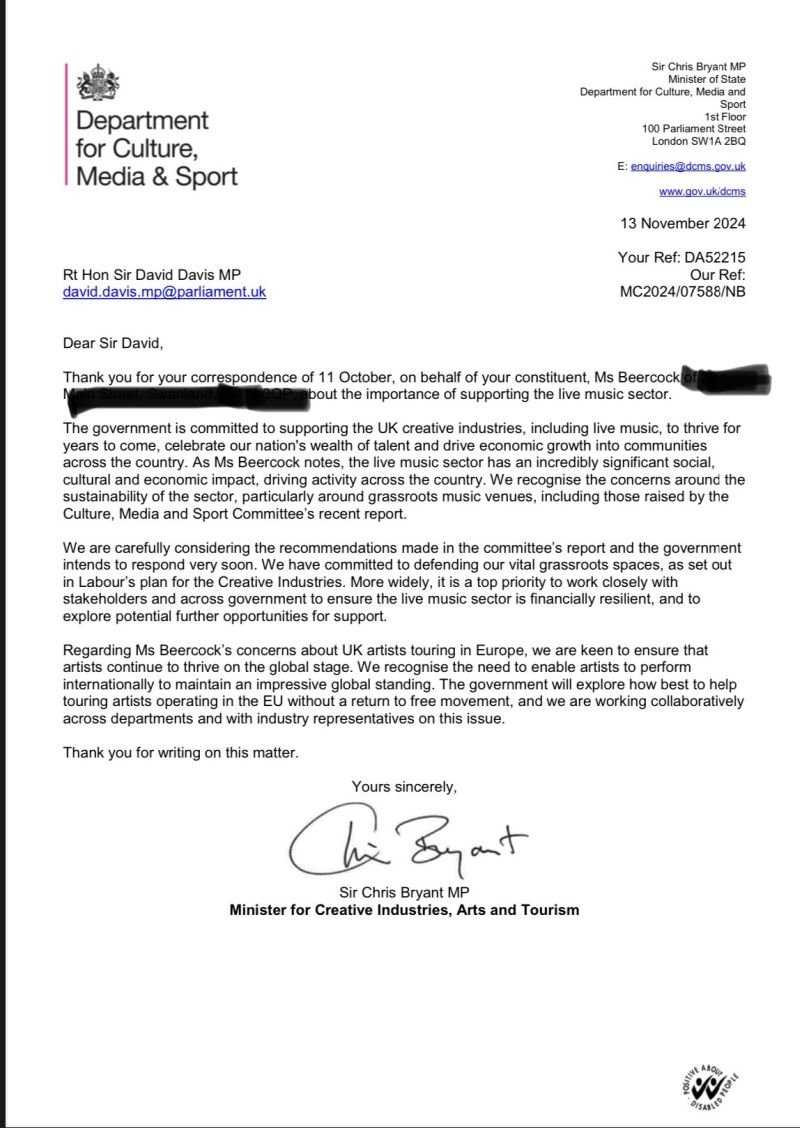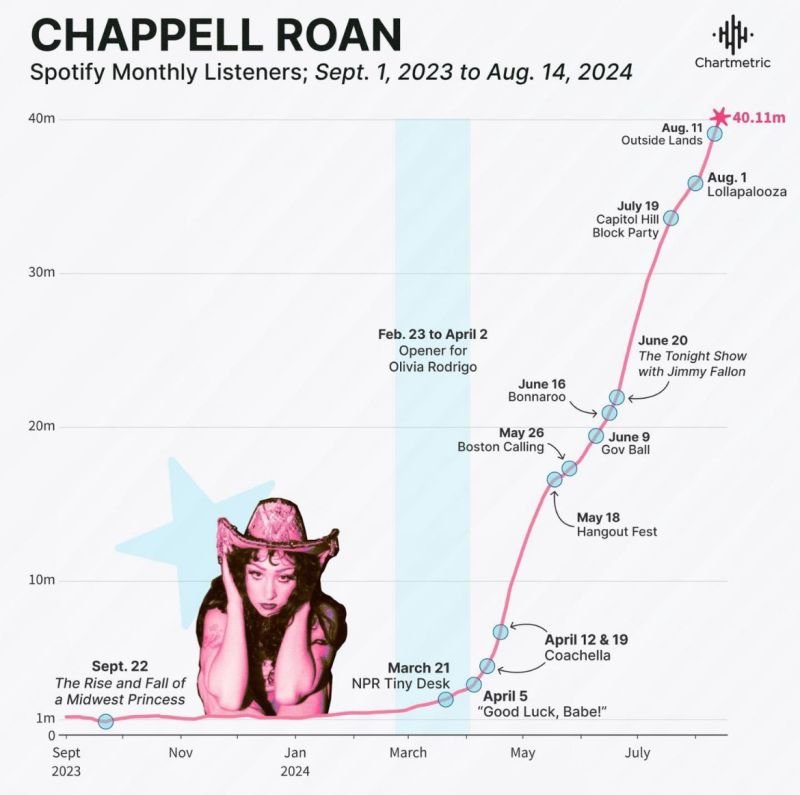12th March 2025
The Sponsorship Revolution: 2025’s Game-Changing Trends
Sponsorship in 2025 isn’t just about brand visibility—it’s about cultural relevance. The landscape is undergoing a major shift, where brands must go beyond logo placements and embrace authentic storytelling, social impact, and deep audience engagement. This year presents a rare opportunity for forward-thinking brands to harness shifting power dynamics, emerging platforms, and evolving consumer behaviours to create lasting impact.
Premier League’s Reset: A Sponsorship Market Reimagined
The upcoming ban on gambling sponsors in the Premier League marks a turning point. For years, inflated sponsorship rates driven by betting firms priced out brands that could offer deeper engagement. With gambling firms exiting, a more balanced market emerges, allowing strategic brands to step in at fairer rates. However, simply replacing a logo won’t cut it—success will come from values-driven partnerships that resonate with fans.
Rugby’s Sponsorship Shake-Up
Rugby is at a crossroads. With nearly every Premiership Rugby club struggling financially, the sport needs more than just financial support—it needs reinvention. This presents an opening for brands that bring real value, whether through technology, content, or fan engagement. The most effective sponsors will go beyond transactional deals and co-create new experiences that help the sport thrive in an increasingly competitive landscape.
Cultural Relevance Over Visibility: 2025’s Sponsorship Leaders
Three sectors are set to dominate sponsorship this year: alcohol-free beverages, EV manufacturers, and luxury brands. Each is leveraging sponsorship to drive cultural shifts, not just brand awareness:
Alcohol-free brands are reshaping social norms, using sponsorships to integrate 0.0% offerings into mainstream culture.
Automakers are positioning themselves as sustainability leaders, using partnerships to drive an image transformation beyond selling EVs.
Luxury brands are tapping into sports sponsorships to blend exclusivity with mass aspiration, following LVMH’s high-profile investments in Formula 1 and the Olympics.
Athletes as Media Powerhouses: The Brand Ambassador Model Evolves
The traditional sponsorship model—where brands dictate the message—is fading. Today, athletes control their own narratives through personal media platforms. From Cristiano Ronaldo’s YouTube channel to Jude Bellingham’s reality-style content strategy, top athletes are turning into content creators. Brands that fail to embrace this shift will quickly find themselves irrelevant. The future lies in co-creation, where sponsors act more like media partners than passive investors.
The Rise of Athlete-Owned Newsletters
As social media platforms tighten their algorithms and brand-safety measures, athletes are seeking direct-to-fan channels. Newsletters are emerging as a powerful alternative, offering unfiltered access to audiences.
Russell Westbrook’s Word of Westbrook dives into his fashion insights.
Kyle Kuzma’s Kuz Kontrol shares personal reflections on life in the NBA.
Kareem Abdul-Jabbar’s newsletter has amassed hundreds of thousands of subscribers, proving the model’s effectiveness.
This shift represents a new sponsorship frontier—brands can now partner with athletes in a more authentic and meaningful way, moving beyond simple endorsements to richer storytelling collaborations.
Esports: From Experiment to Essential Strategy
Esports sponsorship is no longer an experimental budget line—it’s a necessity. With an audience exceeding half a billion and engagement levels unmatched by traditional sports, brands that invest now will dominate the space for years. Those waiting on the sidelines risk being left behind in a fast-moving, highly engaged ecosystem.
Women’s Sports: The Last Undervalued Sponsorship Market
The “early adopter” phase of women’s sports sponsorship is closing fast. Barclays set the standard in women’s football, and future sponsors must go beyond basic involvement. Women’s rugby, in particular, presents a huge opportunity, with the Women’s Rugby World Cup 2025 poised for explosive audience growth. Brands that invest with respect, creativity, and ambition will secure long-term wins in this space.
ESG in Sponsorship: Beyond the Buzzword
Sustainability-led sponsorships are no longer just a corporate box-ticking exercise—they’re a competitive advantage. The best ESG-driven partnerships don’t just support green initiatives; they actively drive industry change. DHL’s role in Formula 1’s net-zero 2030 pledge is a prime example of a brand using sponsorship as a force for progress. Forward-thinking brands will integrate sustainability into their partnerships at a foundational level, not as an afterthought.
The Power Shift: How Brands Can Take Control
For the first time in years, the sponsorship landscape favours brands. The exit of gambling sponsors from the Premier League, rugby’s financial constraints, and the rise of digital and women’s sports provide unprecedented leverage. But with this power comes responsibility—negotiating lower rates isn’t enough. The most successful brands in 2025 will be those that prioritise cultural relevance, audience engagement, and authentic storytelling over traditional sponsorship models.
The game has changed. The real question is: which brands are bold enough to play it right?










